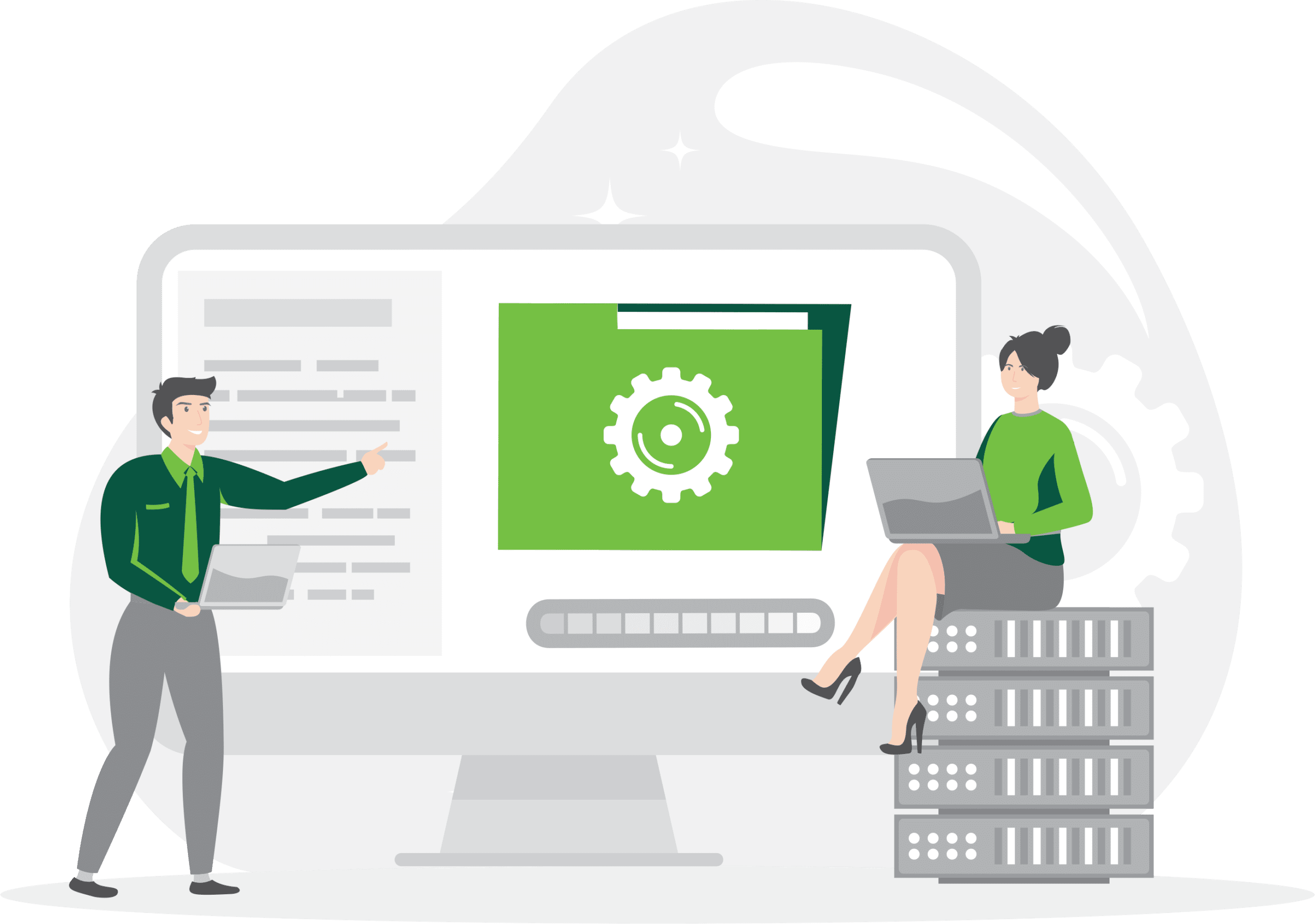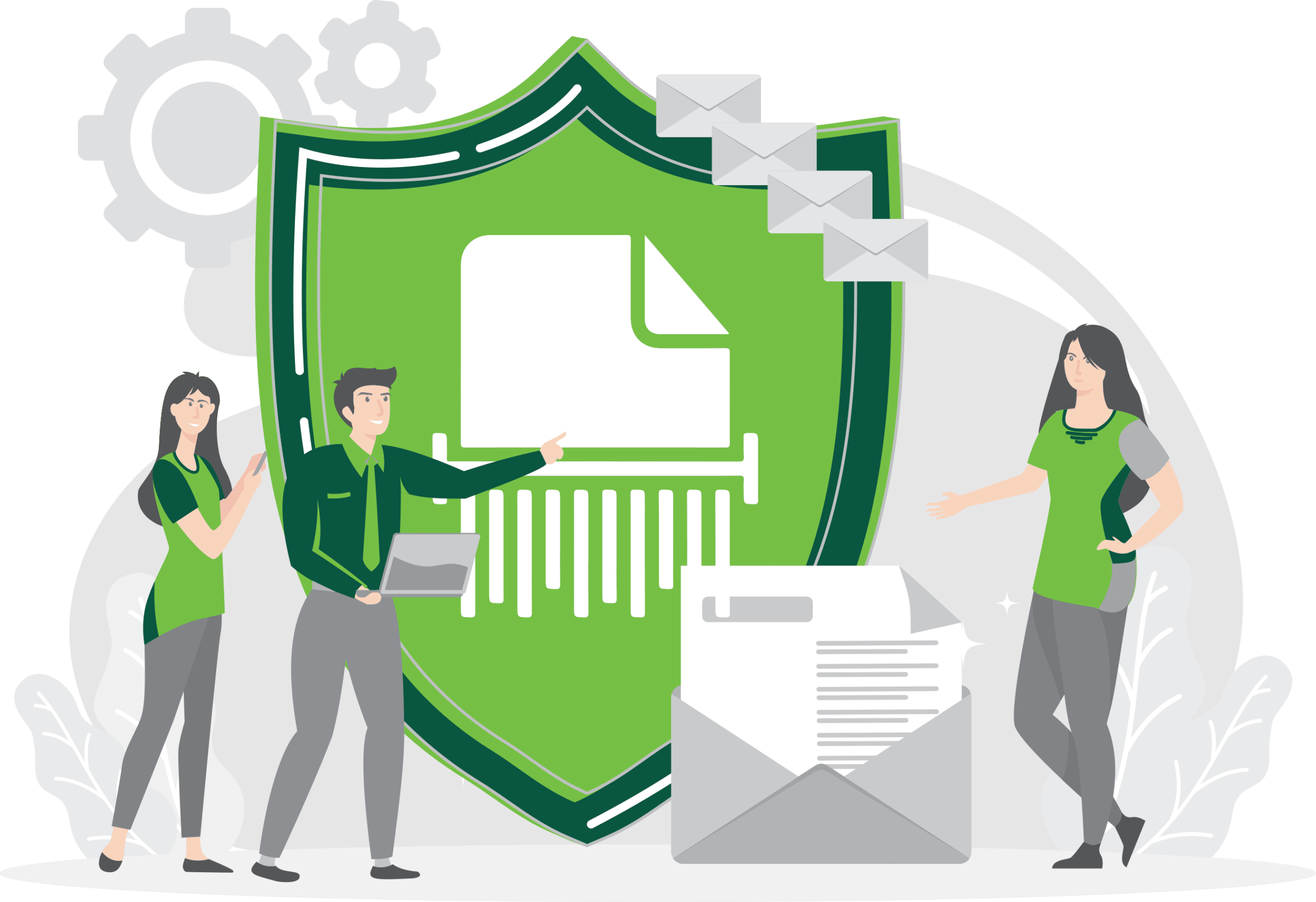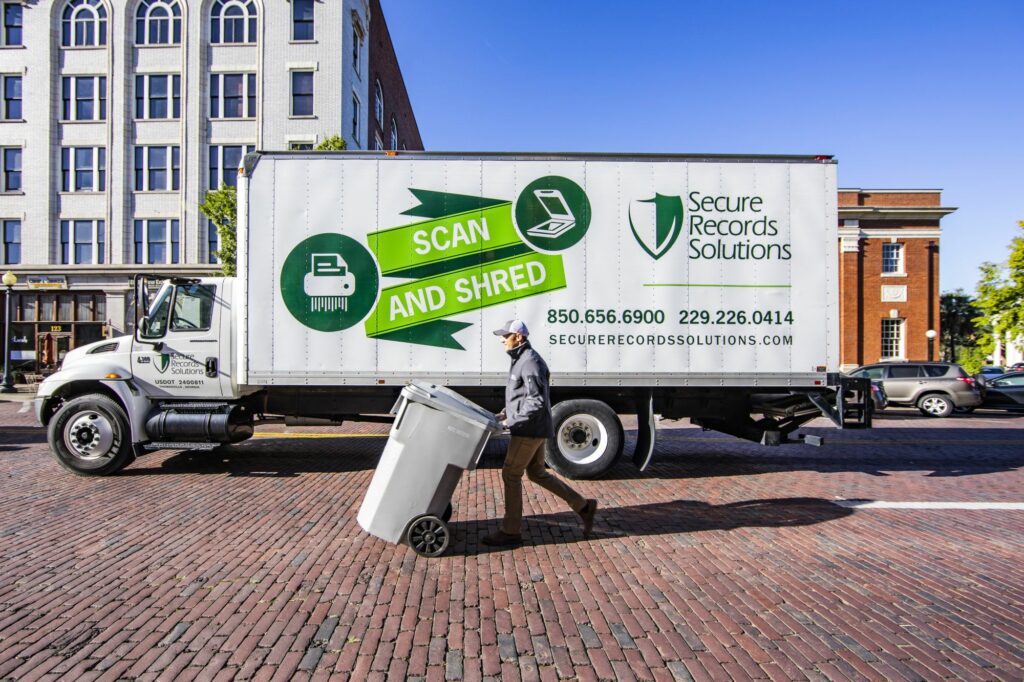Secure Document Management Services
We are on a mission to modernize records storage. Because you can have it all: the cost efficiency of traditional document storage and fast digital access when you need a file.


A Better Records Management Experience Starts Here
How It Works






Initial Assessment
We begin with a conversation to understand the way you interact with your records, and your goals for improvement.
Project Customization
We design a conversion project to meet your objectives in the most efficient way possible.
Records Transfer
We gather records from their current formats, both paper and digital.
Ongoing Management
We inventory and index your records, storing and managing them throughout the statutory retention period.
Digital Access
When you need a file, we provide fast digital access.
Secure Destruction
When your documents meet their retention, we notify you, and with your approval, we securely destroy them and provide a Certificate of Destruction.
Comprehensive Document Management Services
Industries We Serve
Our team helps organizations of all sizes by solving small problems of efficiency and then scaling the solutions throughout the business footprint. Chances are we can do the same for your company. Some of the industries we serve:
Join Thousands of Happy Clients
Learn More About Document Management And Records Storage Solutions
What’s Challenging You?
1-800-614-0856 or complete this form and let us put our expertise to work for you.





